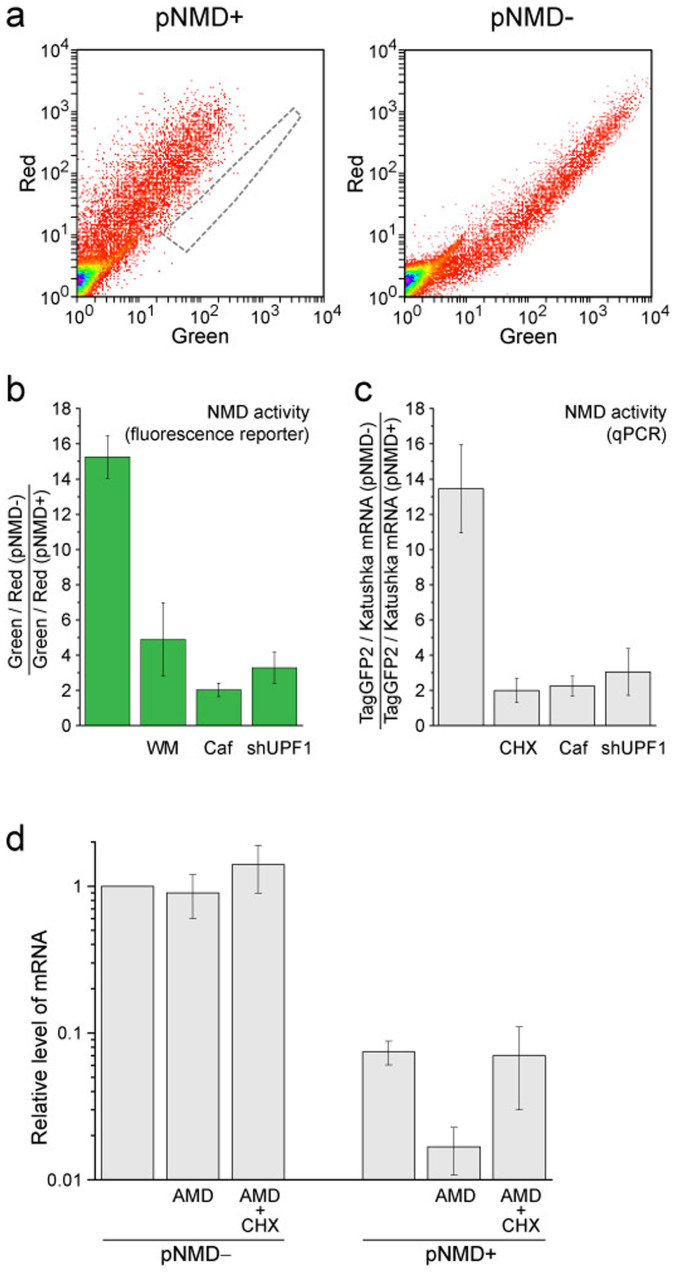Figure 3. Performance of the splicing-dependent NMD reporter in HEK293T cells.
(a) Flow cytometry analysis (dot plots in green and red channels) of the cells transiently transfected with pNMD+ (left plot) or pNMD− (right plot). Samples were analyzed using the same flow cytometer settings. To simplify the comparison, the area of pNMD− cells is outlined by a gray dashed line. (b,c) NMD activity determined by fluorescence reporter analysis (b) or quantitative PCR (c) of HEK293T cells transiently transfected with reporter plasmids. Note the strong inhibition of NMD by treatment of the cells with wortmannin (WM), caffeine (Caf), anti-UPF1 shRNA (shUPF1) and cycloheximide (CHX). (c) Assessment of the stability of NMD reporter TagGFP2-encoded mRNA. TagGFP2 mRNA levels were measured by qPCR using HEK293T cells transfected with pNMD− or pNMD+ that were either untreated, treated for 1 h with actinomycin D (AMD) or treated for 1 h with both AMD and CHX. All values were normalized to the untreated pNMD− sample (first column). The mean data of at least 3 independent experiments with the standard deviation are shown in all panels.

